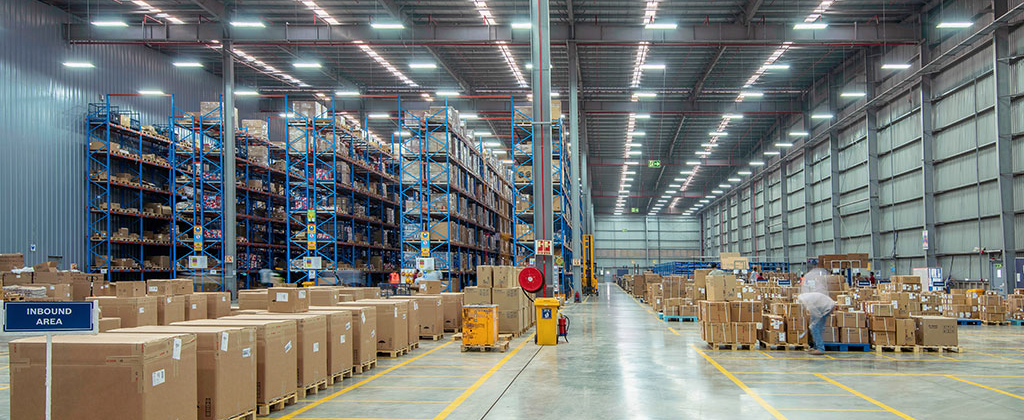
Impact on Warehouse Space Absorption & Future Trends in Logistics Industry – Webinar Report – COVID 19
Webinar on COVID 19 – Impact on Warehouse Space Absorption & Way Forward to Logistics Industry was attended by over 1200 individuals with a mixed audience of Supply Chain, 3PL, Transportation, and other professionals in the logistics industry.
Our former CEO Dr. Arunachalam R has been a part of the Webinar as a “Key Panellist”.
PREFACE
The recent Webinar on COVID 19 – Impact on Warehouse Space Absorption & Way Forward to Logistics Industry’ was attended by over 1200+ individuals with a mixed audience of Supply Chain, 3PL, Transportation, Last Mile, and other logistics companies professionals. Many attendees were from
Ecommerce companies, fund houses, online groceries platforms, warehouse occupiers & developers
The goal of this session was to share various thoughts on the current situation in the Warehouse Space and Logistics sector, which might support businesses in these difficult times. With this report, our endeavor is to take you through the insightful discussions and predictions discussed during the webinar.
Impact on Absorptions of warehouse space
• The net absorption of warehouse space in 2019 was approximately 37 million sq. ft. as compared to 32 million sq. ft. in the year 2018. 2020 was projected to touch around 40 million sq. ft., but with COVID’s impact, it is now estimated to be approximately 30 million sq. ft.
• A-Grade warehouse absorption was approx. 21 million sq. ft. out of the total absorption of 37 million sq. ft. and the remaining 16 million sq. ft. was absorbed by Grade B and C. Irrespective of COVID, the demand for A-Grade warehouses is going to increase as they support Automation, Multilevel Racking systems, have higher Cubic Capacity and thus saving on the operational costs as these have ample sky lighting, insulation, etc.
• Warehouse space absorption is likely to rise in tier II and III cities subject to competitive pricing and quality. The government may also introduce initiatives to support warehouse setups in these cities in the future.
• Traditionally, the local retail network is robust in India and small retailers would collaborate with big box retailers, backed by technology, to increase the demand for warehouse spaces across the various geographical areas of the country. Brick & Mortar retail will co-exist along with big box retailers.
• Probability of the shifting of industrial activities from most of the COVID-affected countries like the US, Europe, Korea, Japan, etc., might boost the warehouse absorption in our country.
Impact on Occupiers of warehouse space
• Impact of COVID is witnessed across all the business sectors, including the warehouse industry, due to the disruption of business activity and consumption. With the current restrictions, the logistics & warehouse businesses largely operate at approx. 40% capacity.
• Occupiers be it 3PL, eCommerce, or any other business, have to manage their cash flow under the current situation for cost optimization.
• Since the logistics and warehouse industry is labor-focused, it is largely affected due to the shortage of labor. This is expected to disrupt the business in the short and mid-term periods.
• Rent concession/ waiver is one of the ongoing propositions by occupiers to ease the pressure, especially for real estate costs. Though the Force Majeure clause and terms of the agreement are gaining relevance under the current circumstances, the best possible way to move ahead is with mutual dialogue and understanding.
• Long leases with attractive terms or short leases with limited financial liabilities could be among the possible options to sail through this situation.
• Professional real estate consultants with subject expertise can bridge the gap between the occupier and the developer. The role of a real estate consultant plays a vital role to achieve a win-win situation for the involved parties.
• Occupiers would prefer Grade warehouses with Automation, Artificial Intelligence, and Technology.
Read more here – LNW Webinar Summary